GPT-5 vs GPT-4: Here's what's different (and what's not) in ChatGPT's latest upgrade
The new king is here, so how does it compare?
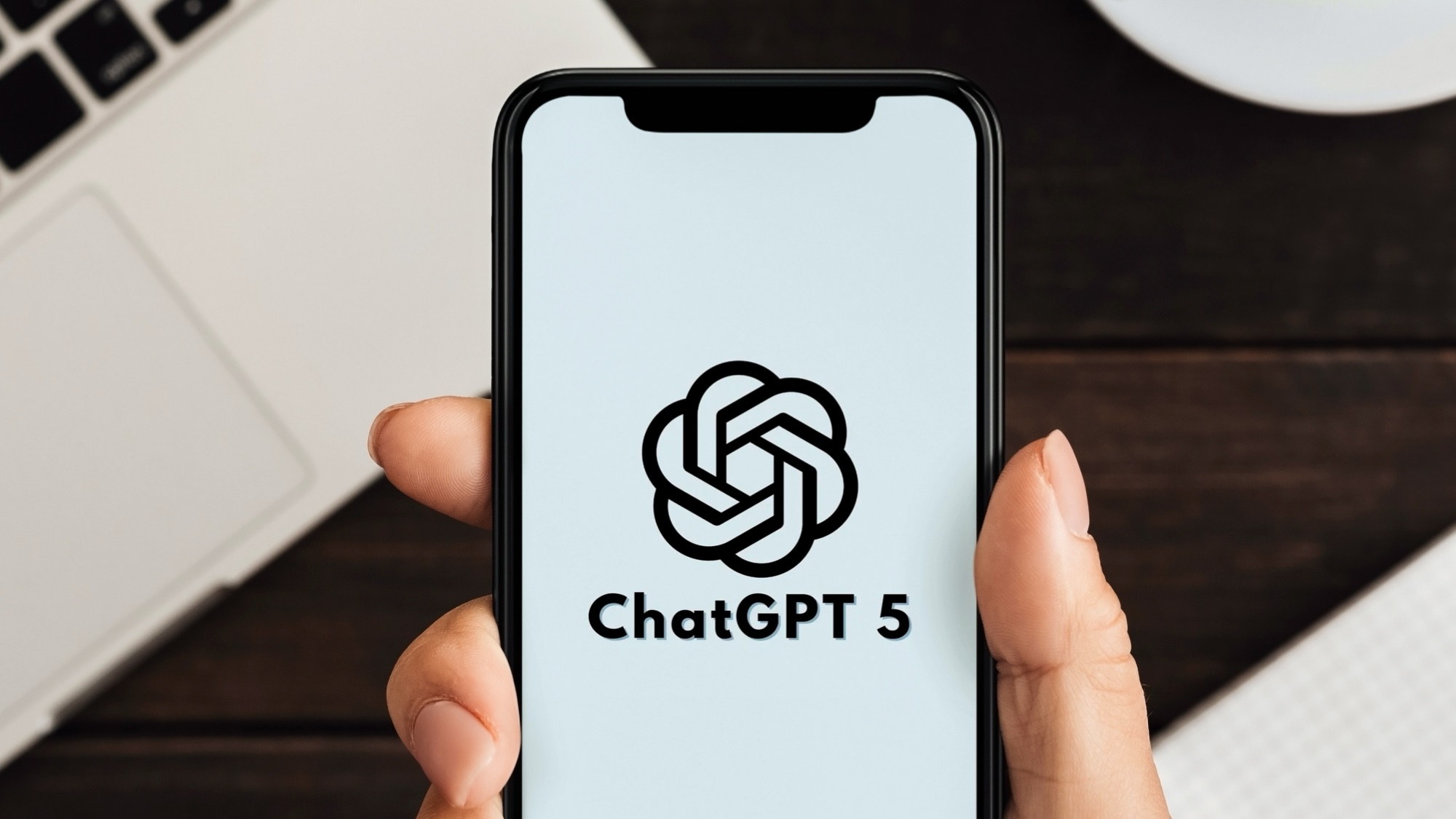
The GPT-5 announcement has come and gone. And now, as the dust settles, it's time to work out what we’re left with. Is this really the game-changing invention it's been made out to be, and more importantly, how does it compare to the now old-school GPT-4?
In the lead up to the big reveal, OpenAI, as well as early reviewers, were touting this to be the one of the biggest leaps in AI we’ve seen. On the other hand, there was a much smaller group whispering of this only actually being a minor upgrade.
The real truth seems to be somewhere in the middle. GPT-5 brings about the most advanced version of ChatGPT to date. It makes some big changes in a variety of important areas, as well as some smaller upgrades in a few spaces.
So when stacked up, where are the upgrades in GPT-5 most noticeable?
Comparing the models
OpenAI, and most of its competitors too, don’t just launch one version at a time. They tend to launch a variety of progressions for each model. This allows the model to spread out its workload, using the best version for the task at hand.
For example, you don’t need a super-powered thinking machine to ask a passing question about what clouds are. But you do need something with more oomph to compile a complicated multi-step document while searching the web.
For each GPT-4 model, there is a corresponding GPT-5 version. These are:
Get instant access to breaking news, the hottest reviews, great deals and helpful tips.
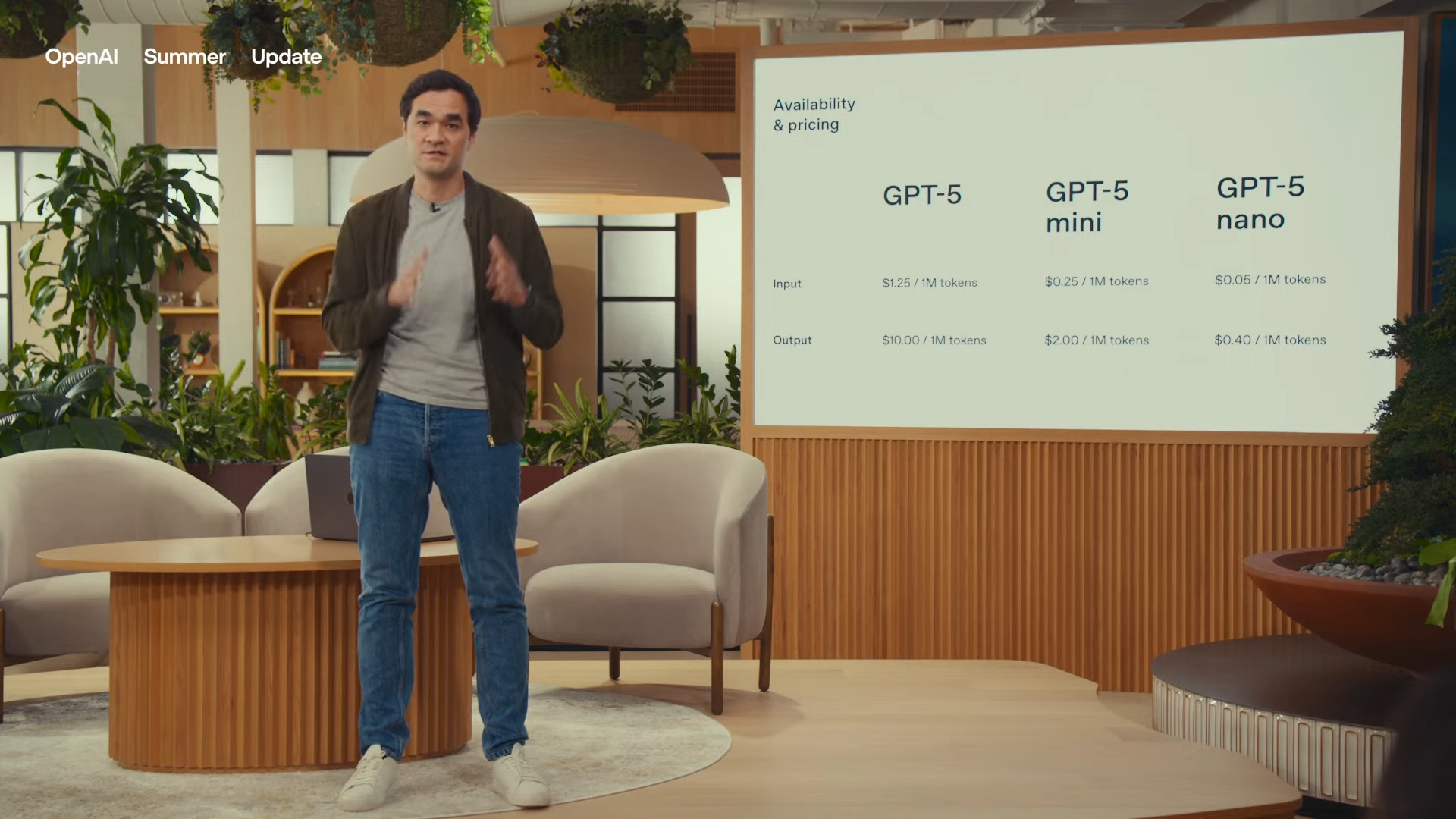
- GPT-4o > GPT-5-main
- GPT-4o-mini > GPT-5-main-mini
- OpenAI o3 > GPT-5-thinking
- OpenAI-o4-mini > GPT-5 thinking-mini
- GPT-4.1-nano > GPT-5-thinking-nano
- OpenAI o3 Pro > GPT-5-thinking-pro
Architecture
One of the biggest changes in GPT-4 over its predecessor is the way it is structured.
GPT-5 is a unified system, that uses an efficient modelling system to decide which kind of model is best required to answer your question. In other words, where GPT-4 required you to change versions each time to best fit your needs, GPT-5 will automatically filter your request into the best version.
This, on paper, feels like a small change, but in practice it will make a noticeable difference. This will allow ChatGPT to always offer its best version for whatever your asking from it.
OpenAI has also said that this system will get better with time, learning from prompts what kind of model is best for the use.
Intelligence and reasoning
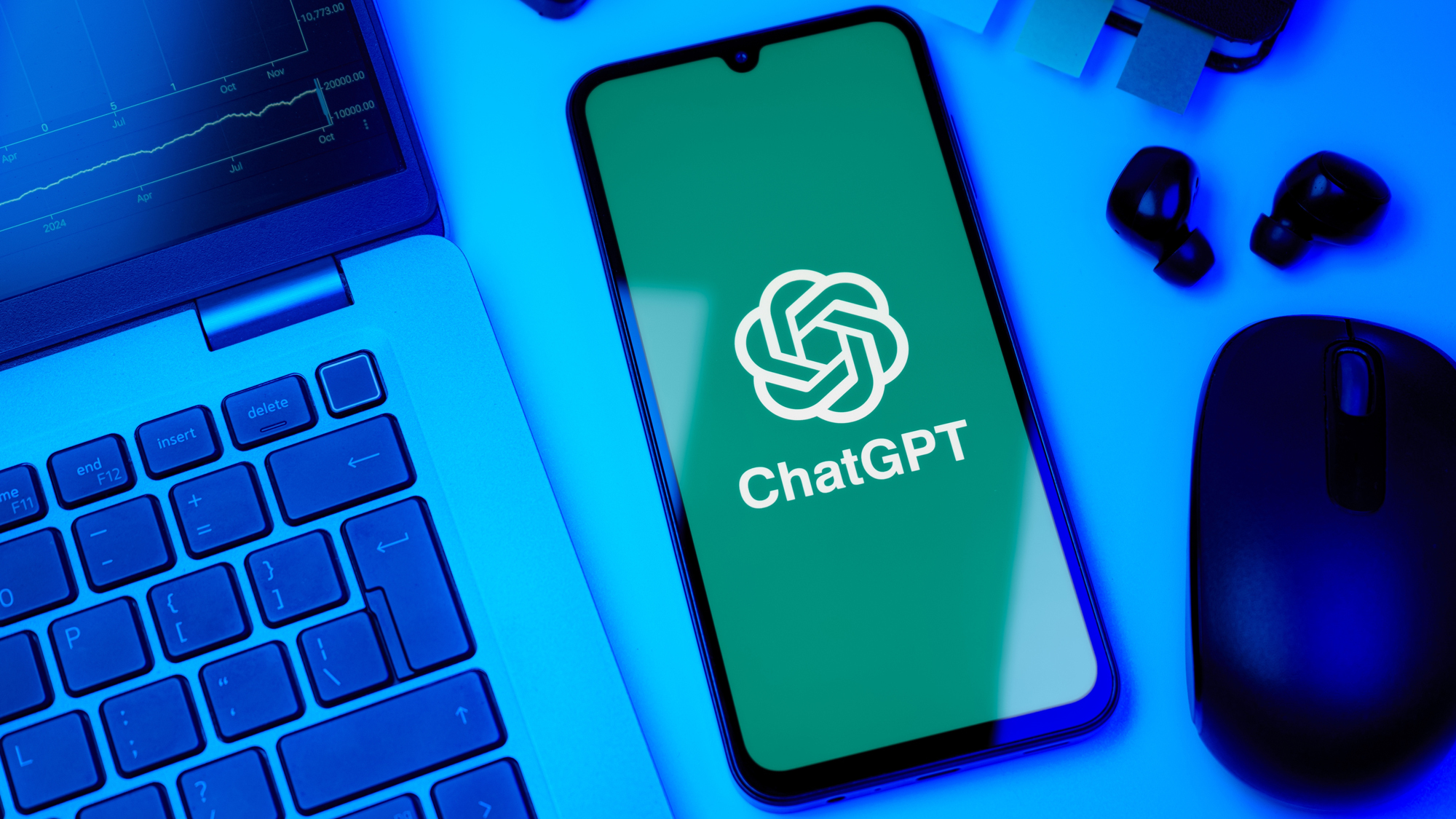
OpenAI claims that GPT-5 outperforms all previous models on benchmarks and answers questions more efficiently and quickly. However, the OpenAI team has also made improvements to reduce the number of hallucinations.
Another feature that a lot of people will be excited to hear is that, compared to GPT-4, this new version is a lot less sycophant in nature. In other words, it won’t just blindly agree with you or overly praise you.
While the model is smarter overall, the improvement is most notable in three areas: writing, coding, and health.
Coding
This was expected in the lead-up to the GPT-5 reveal. As AI models get more advanced, they are all fighting to have the smartest version for coding.
GPT-5, according to OpenAI, is the strongest coding model they’ve made to date. It is mostly improved in front-end generation (what your apps/websites look like when generated) and debugging larger sets of code.
OpenAI says that, compared to GPT-4, it can often create complete websites, apps, and games from one single prompt. Early testers stated that the styling and typography were also a big improvement over GPT-4.
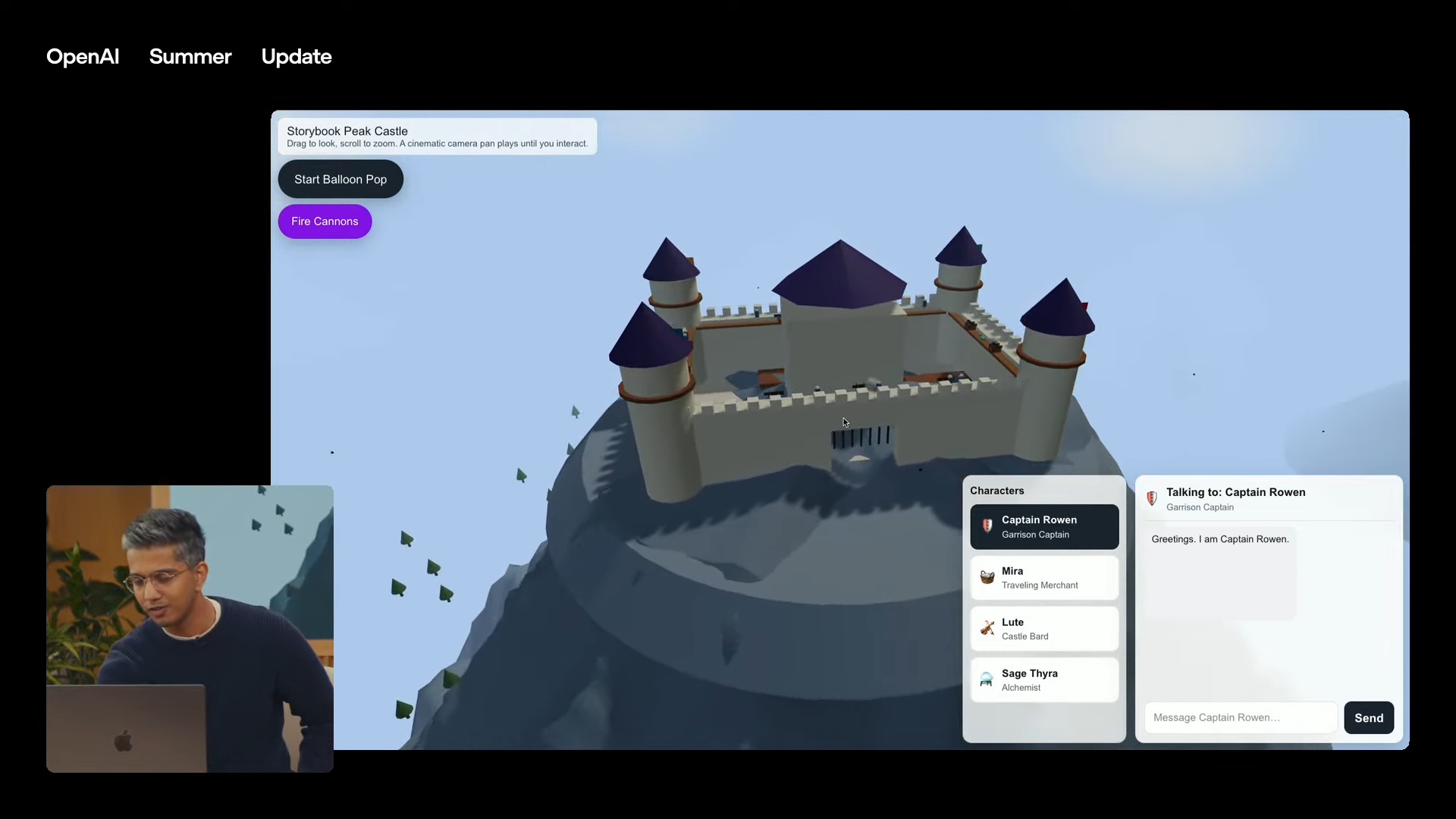
Writing
For a lot of ChatGPT users, the ability to use the model for writing is one of its biggest benefits. GPT-5 has seen an improvement in both creativity and writing in a more human tone.
OpenAI has said that, with this model, ChatGPT is even better at taking rough ideas and turning them into compelling sets of writing. It is more reliable on writing with structural ambiguity (creative poetry, for example, or free verse that flows naturally).
It is also more reliable for more serious writing such as academic essays or preparing emails.
Health
Chatbots in the world of health has been a concern for a lot of people, but GPT-5 seems to be one of the most advanced versions we’ve seen yet in this space.
The model scored significantly higher compared to GPT-4 on HealthBench, an evaluation based on realistic scenarios and physician-defined criteria.
Compared to GPT-4, it acts more like an active thought partner, proactively noticing potential concerns and asking questions to give more helpful answers.
OpenAI claims that the model is now better equipped to personalize health advice, taking into account someone’s geography, knowledge level, and specific health information.
Speed
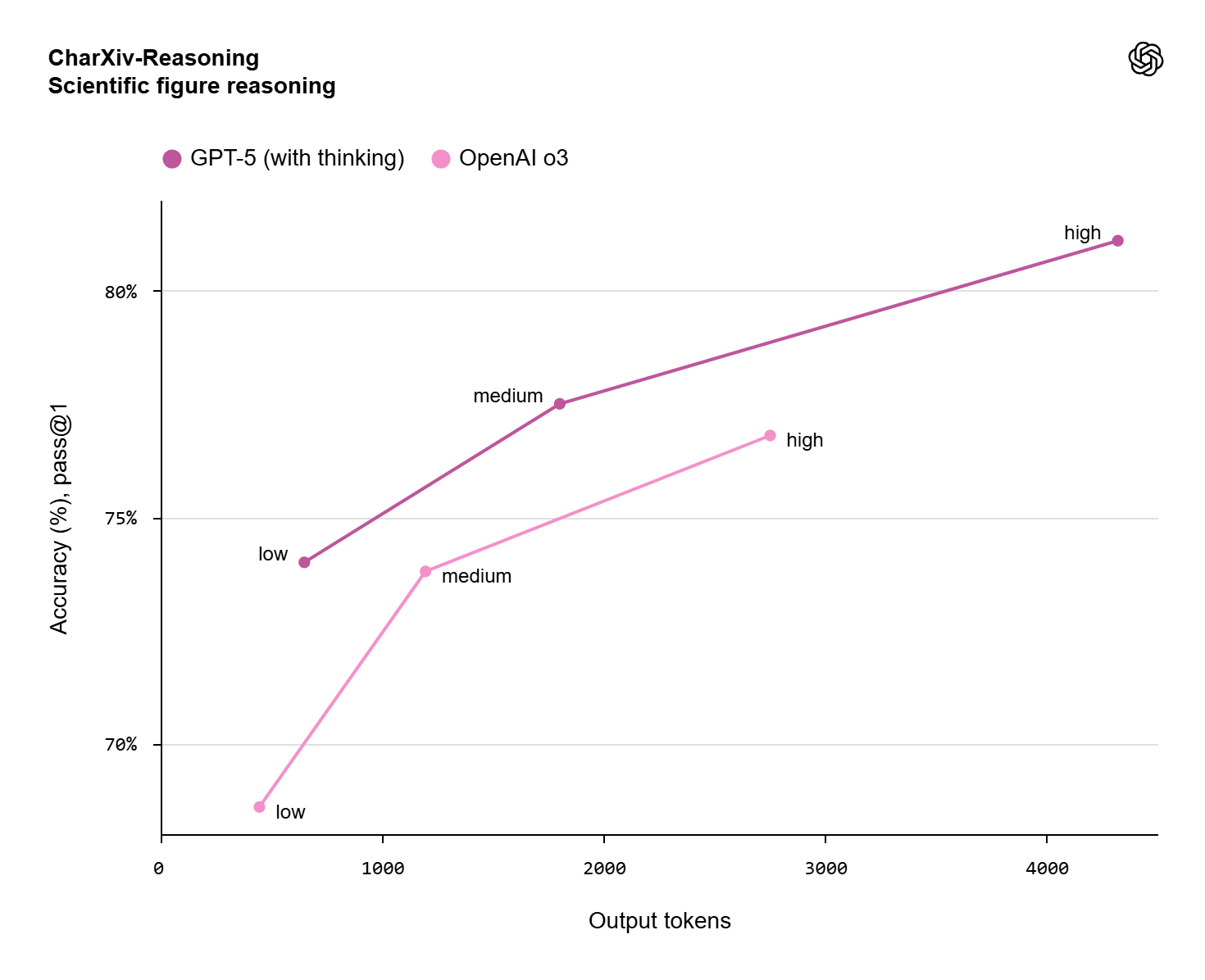
One of the other big claims OpenAI made in the lead up to this launch was that GPT-5 would be much faster. That seems to be true, with OpenAI claiming that, in its evaluations, GPT-5 performed better than OpenAI o3 with 50-80% less output tokens across most logical tasks.
In other words, it could produce a better result with less effort. This, in theory, will make ChatGPT a more environmentally efficient model going forward, and also more cost effective. It should also lead to faster responses.
Obviously, these claims are something we'll be putting to the test as the Tom's Guide team starts to test GPT-5 in a variety of situations.
Overall thoughts
Initially, it seems like GPT-5 isn’t a world-shattering update, but it has made ChatGPT a better tool in all of the areas that are most necessary.
Along with writing better code and creative writing, it is now faster, more reliable, and more efficient. Plus there's improvements to multimodality thanks to an updated voice mode.
More importantly, as AI is given more important roles in the world, especially with the rollout of agentic AI tools, GPT-5 has fewer hallucinations, better medical advice, and a more confident attitude to its own responses.
While it is too early to see how it stacks up against Grok or Gemini, we would imagine it is going to take a top spot when benchmarked.
GPT-5 is clearly a major upgrade to GPT-4. As more features become available, we will be covering them all here at Tom’s Guide.
Follow Tom's Guide on Google News to get our up-to-date news, how-tos, and reviews in your feeds. Make sure to click the Follow button.
More from Tom's Guide
- I’m a ChatGPT power user — these are the ChatGPT-5 upgrades that I plan on using the most
- ChatGPT-5 features — here's the 5 upgrades I would try first
- ChatGPT-5 is here — 7 biggest upgrades you need to know

Alex is the AI editor at TomsGuide. Dialed into all things artificial intelligence in the world right now, he knows the best chatbots, the weirdest AI image generators, and the ins and outs of one of tech’s biggest topics.
Before joining the Tom’s Guide team, Alex worked for the brands TechRadar and BBC Science Focus.
He was highly commended in the Specialist Writer category at the BSME's 2023 and was part of a team to win best podcast at the BSME's 2025.
In his time as a journalist, he has covered the latest in AI and robotics, broadband deals, the potential for alien life, the science of being slapped, and just about everything in between.
When he’s not trying to wrap his head around the latest AI whitepaper, Alex pretends to be a capable runner, cook, and climber.
You must confirm your public display name before commenting
Please logout and then login again, you will then be prompted to enter your display name.










